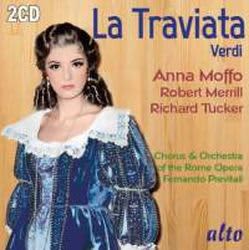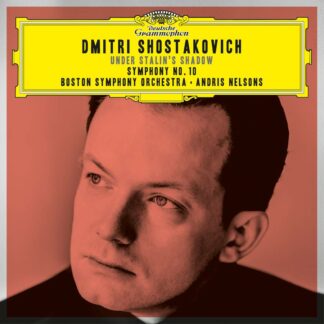Περιγραφή
Αναλυτική Παρουσίαση
|
The Passion and Easter seasons of 1708 in Rome were marked by two outstanding musical events: Two oratorio performances took place here at intervals of 4 days (Holy Wednesday-Easter Sunday), both of which were extraordinarily elaborate and reflected the Passion and Resurrection as a sequence the Passion Oratorio of the Italian “old master” Alessandro Scarlatti was followed by the ”Resurrezione” of the 23 years young and ingeniously gifted “Saxon” Georg Friedrich Händel While the “Resurrezione” has received some attention in the course of the Handel renaissance scarlatti’s oratorio, like all his vocal works with a few uncharacteristic exceptions, has been almost completely forgotten The full-length work is one of Scarlatti’s most mature creations and is certainly the most representative example of a genre of Passion oratorios cultivated in Italy, based on a conception completely different from Bach’s Passion music. Its stylistics were typical of the period between Monteverdi’s early Italian Baroque and the development of the “galant” style of his pupil Hasse, which led directly into the Classical period. |










